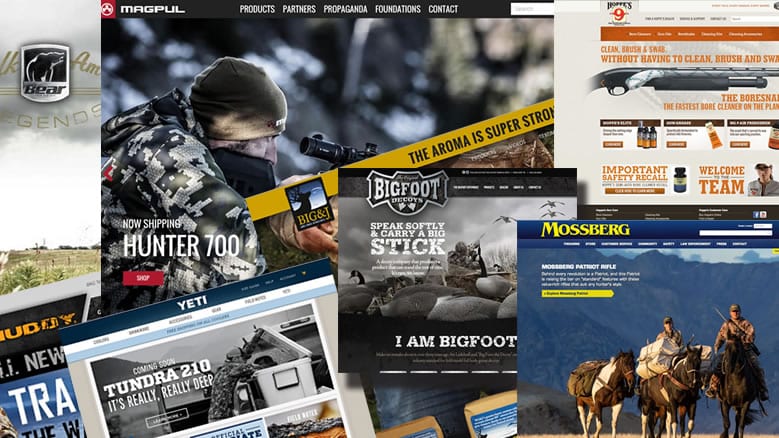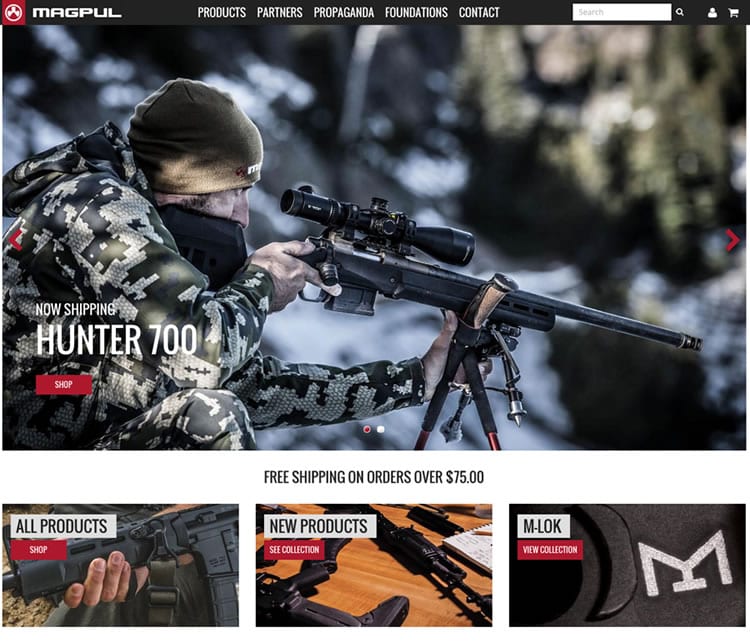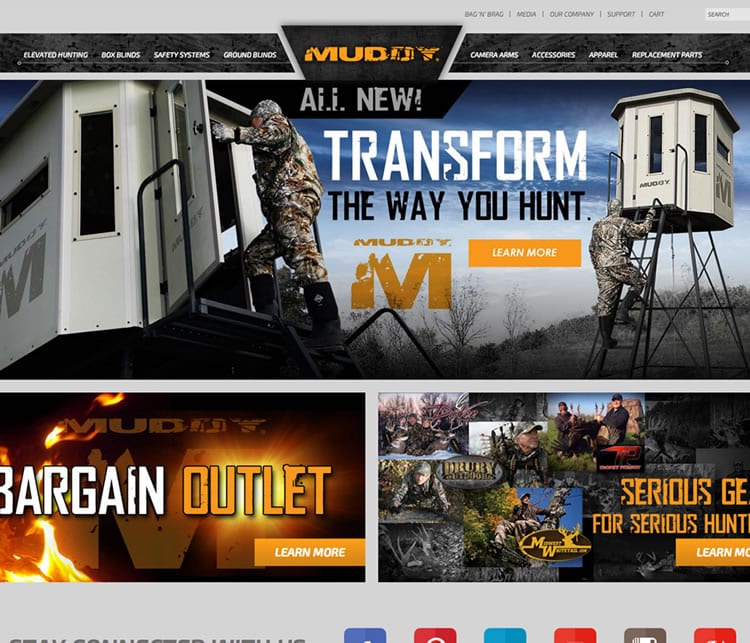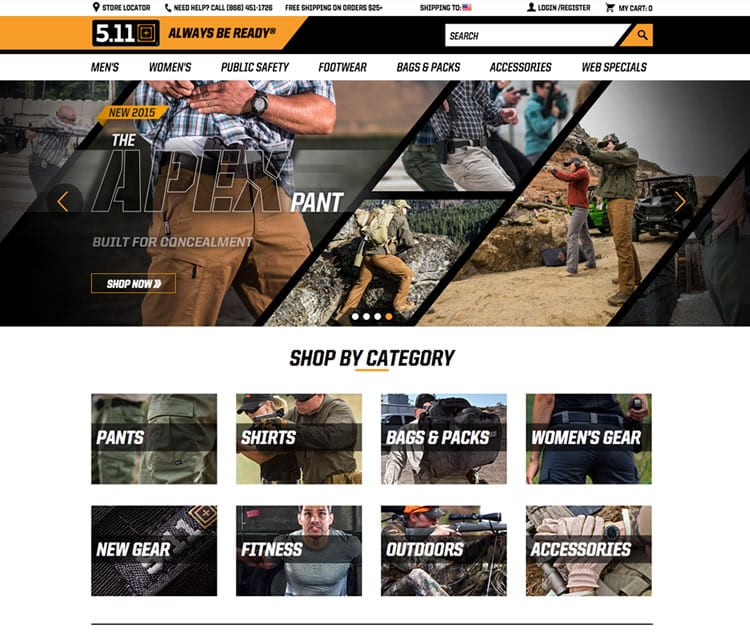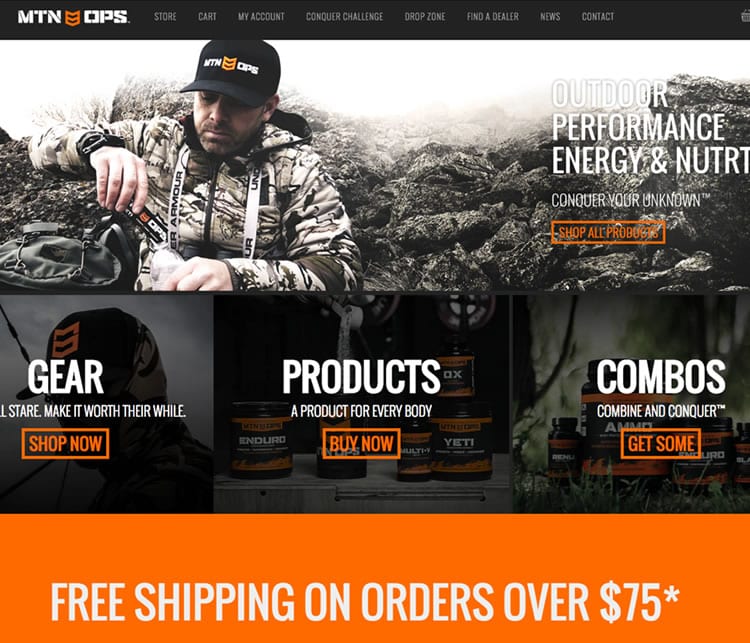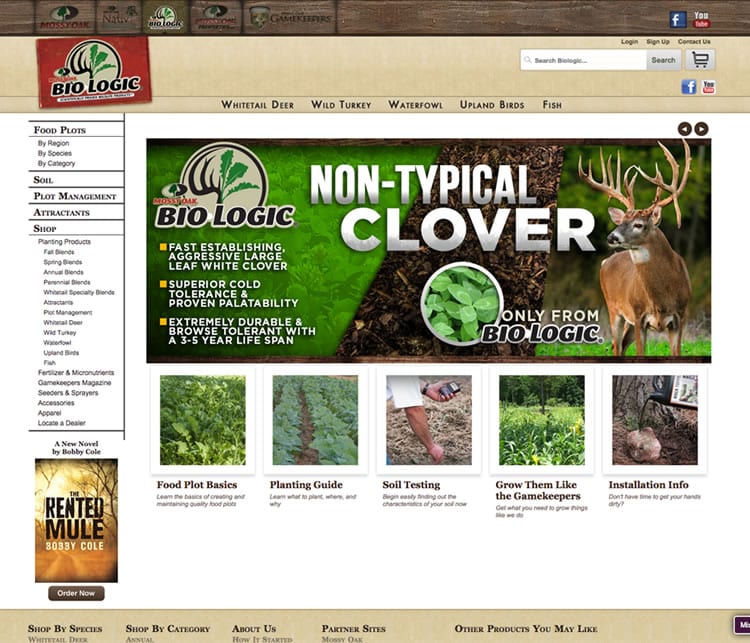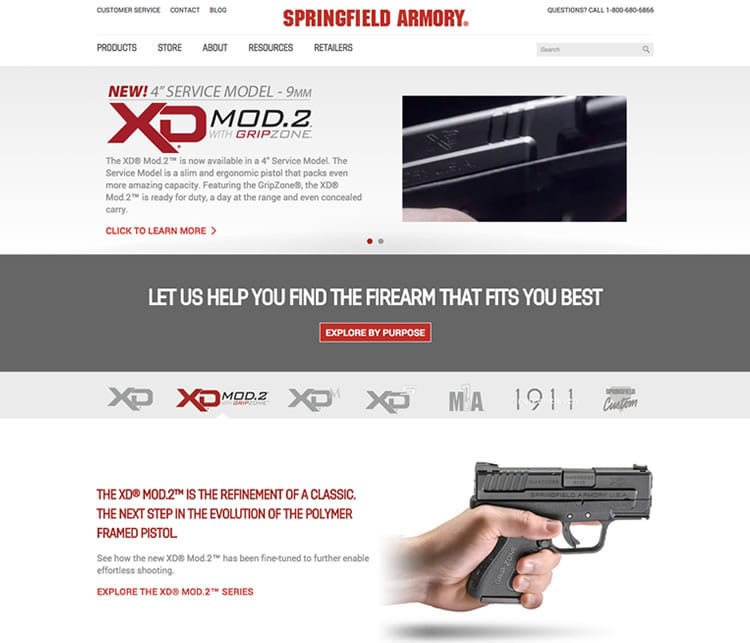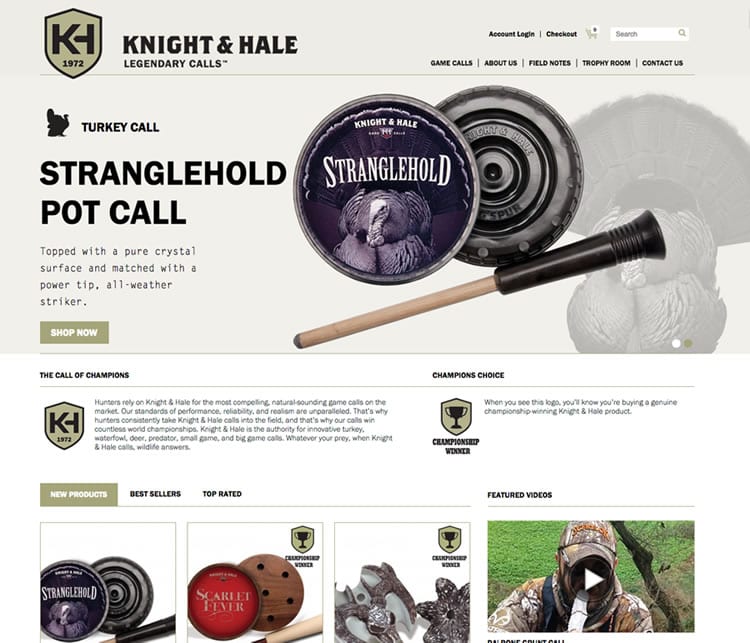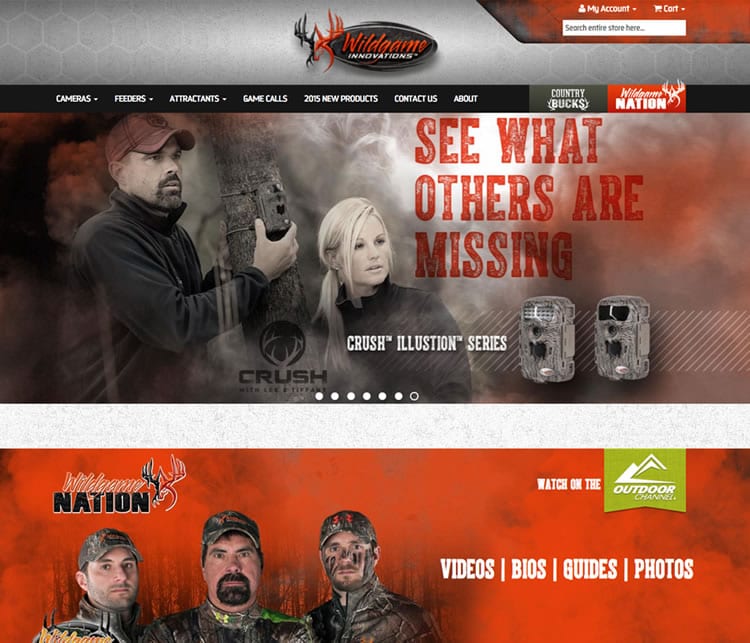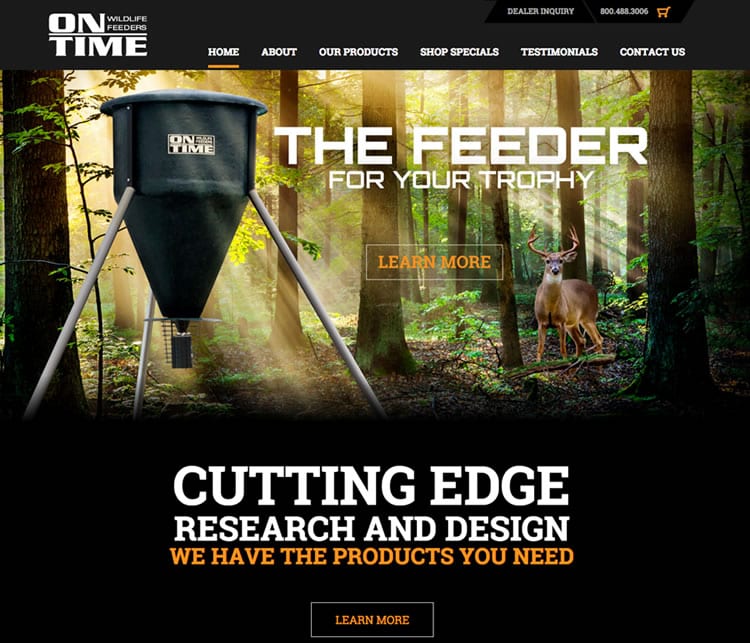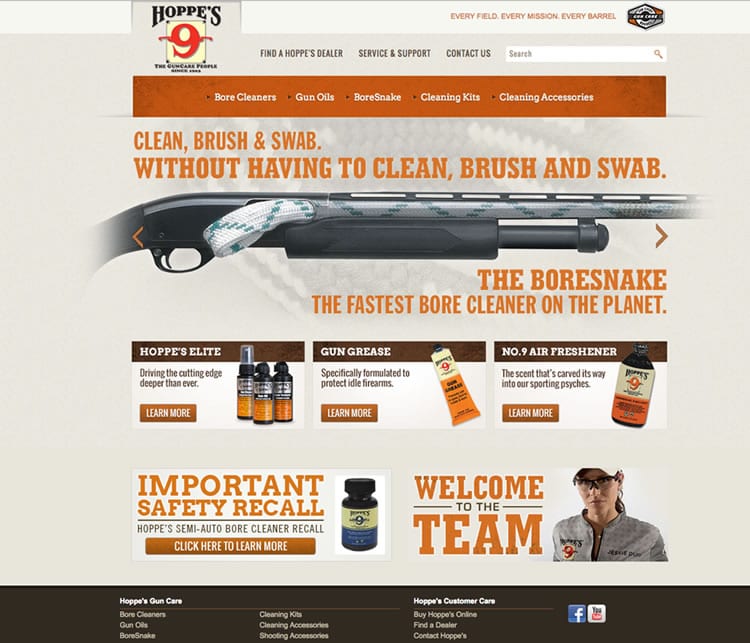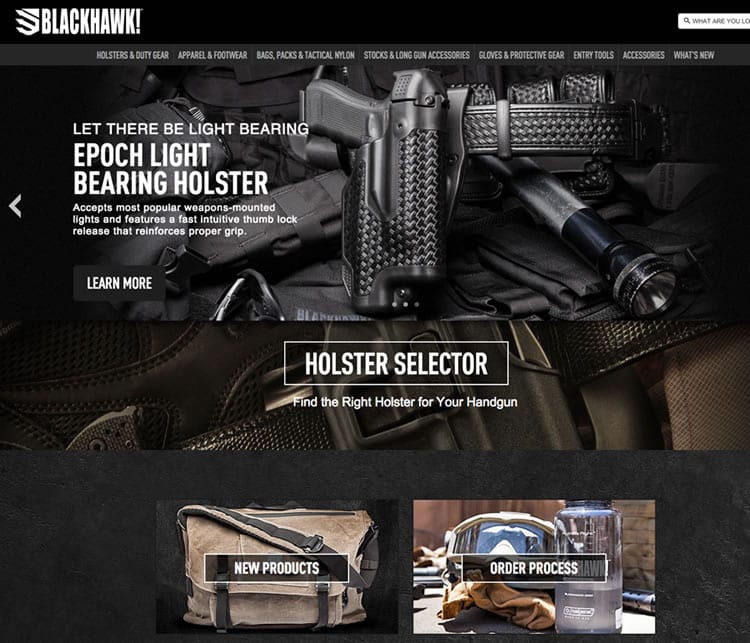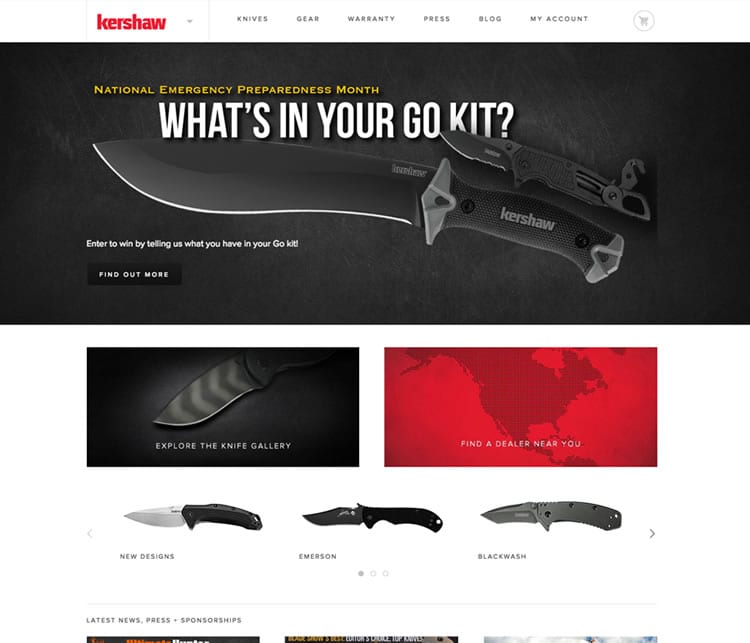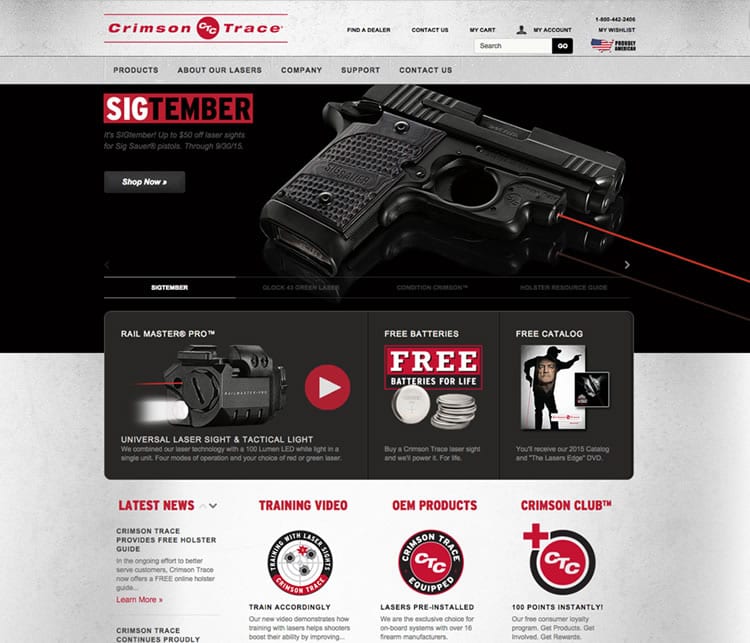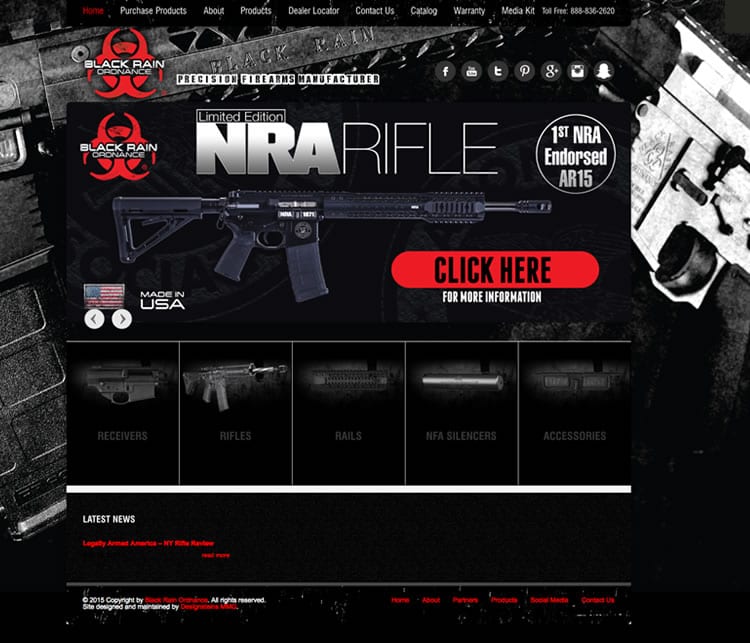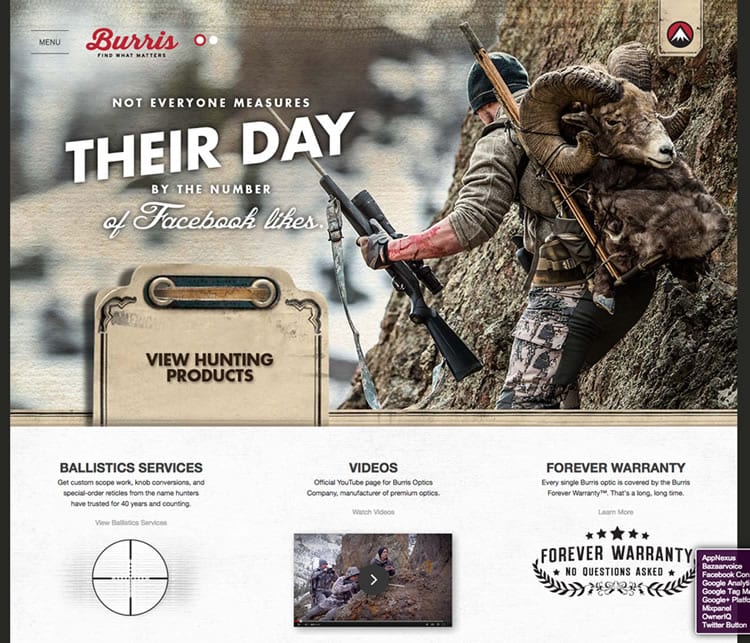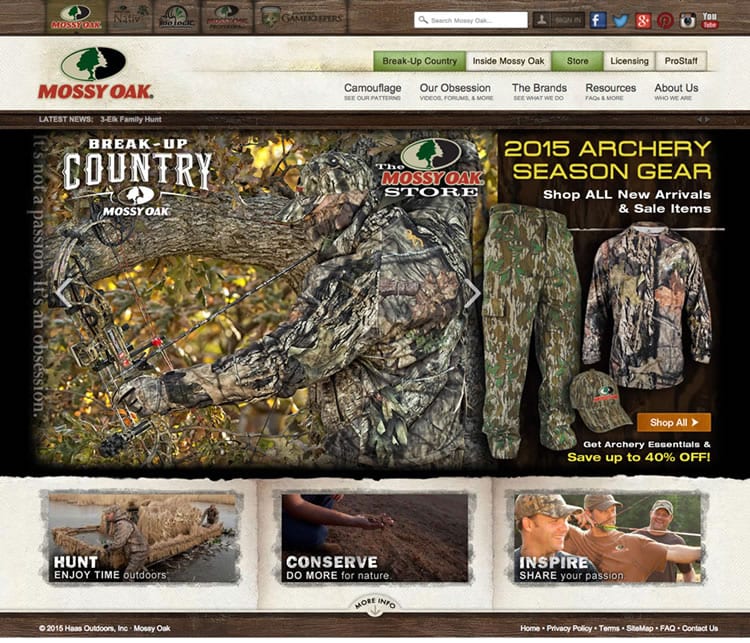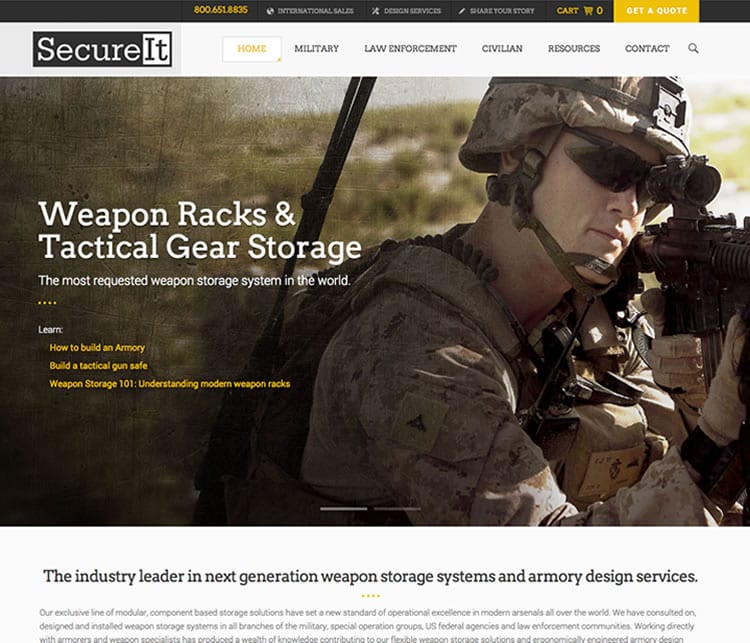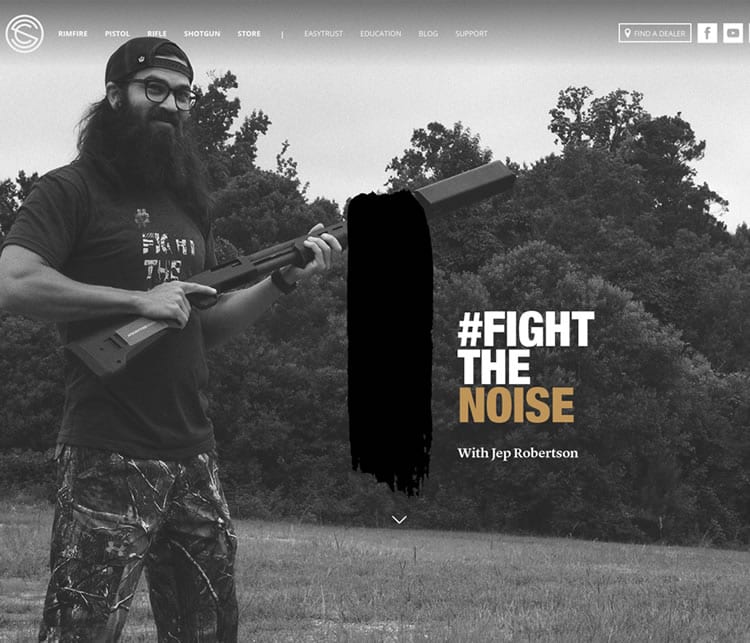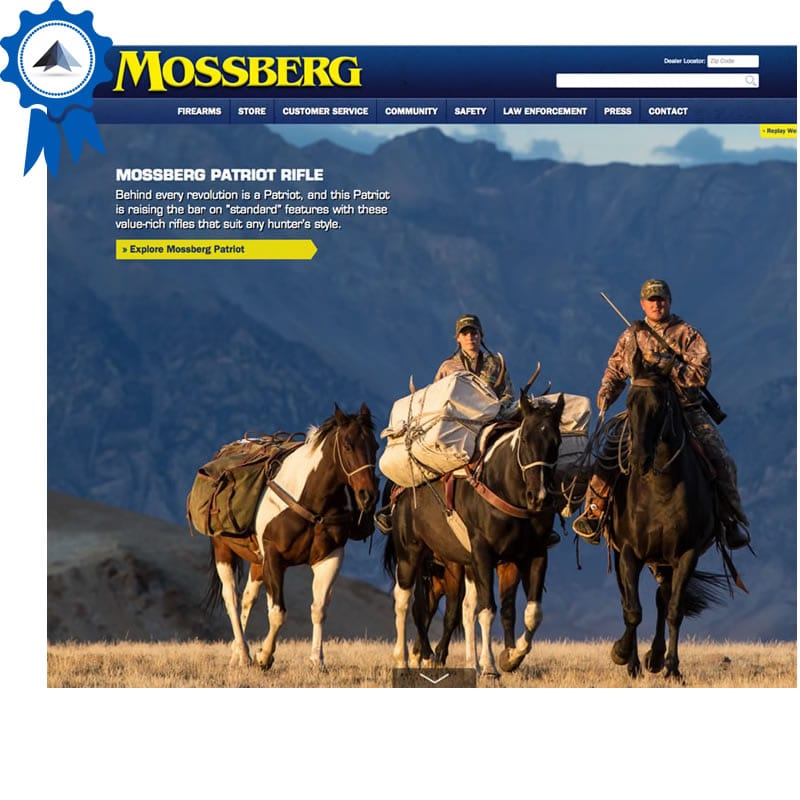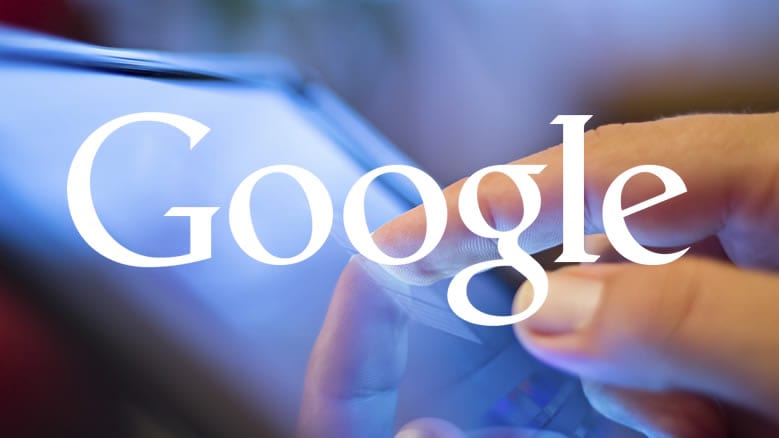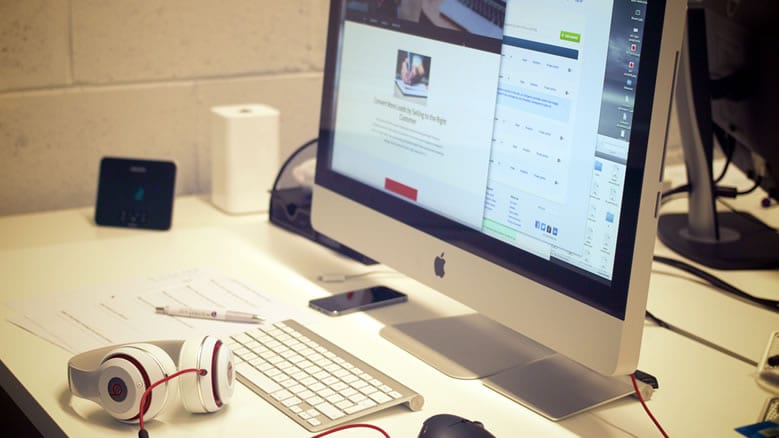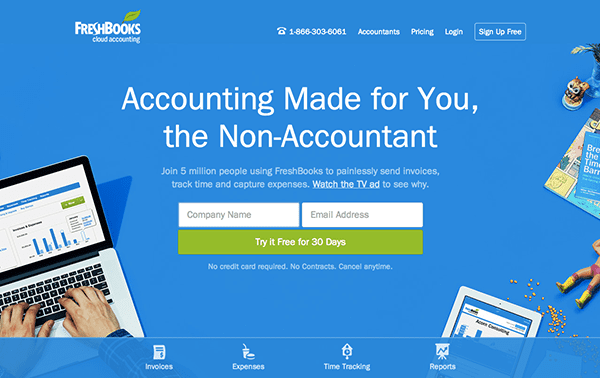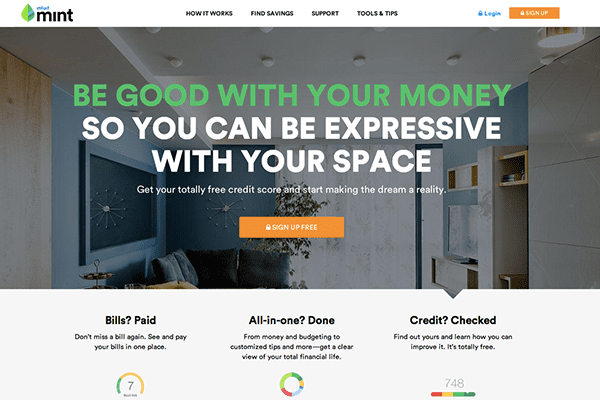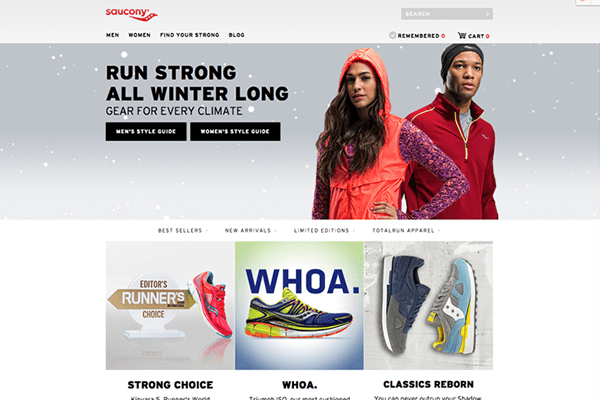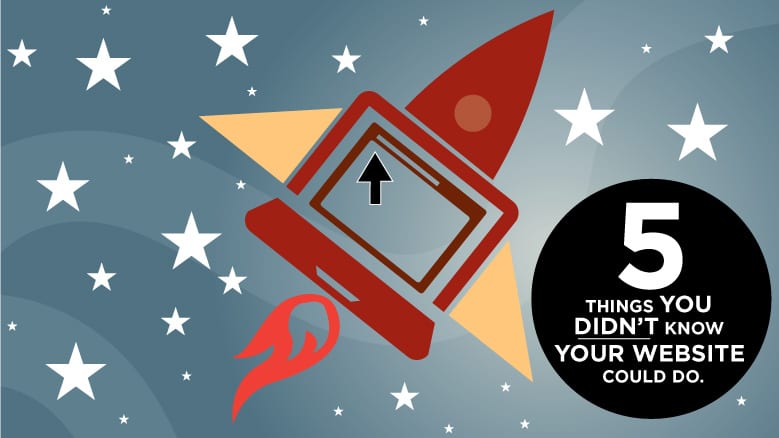
Albert Einstein once defined insanity by doing the same thing again and again and expecting different result. While he probably didn’t have online marketing in mind at the time, his quote is as relevant to the business owners we work with as it is to any physics professor in the country.
The point here is that there are thousands, of firearm business owners and executives out there right now who keep repeating the same internet marketing blunders repeatedly and then wonder why they aren’t getting better results. These errors can take a lot of different forms, of course, but there are a few we see every week.
To help you from making or repeating them, let’s look at five online marketing mistakes you should stop repeating today…
1. Ignoring Your Website
You don’t have to do a lot to your website to keep it running, but you can’t completely neglect it, either. Looking after things like updates (to your content management system and plug-ins) and adding new articles or pages can keep your site relevant and secure. Additionally, you should schedule a website audit 2-3x a year so you will be aware of any underlying programming issues that could slow your pages down, cause security concerns, or lead to error screens. Consider taking a growth-driven design approach to your next website design process.
2. Only Posting Promotional Updates or Press Releases
Obviously, you want to use your website to promote products. However, that doesn’t mean your customers want to read nothing but promotional messages. Avoid turning your blog into a PR dumping ground. Knowing that, smart marketers will walk a fine line, giving fans and followers a steady mixture of information, entertainment, reviews, and offers to make a purchase. It doesn’t matter whether it’s your email newsletter, your social feed, or any other online channel: don’t just ask people to buy from you every day—provide value, be helpful, make people stop and think.
3. Taking Content From Competitors
We are continually amazed at how many marketers think they can get away with borrowing things like content, images, logos, names, video, and other materials from their competition. Even if the source material is slightly altered, using something that has been copied from another company is bad for your business. It opens the door for other business owners to sue you, customers to ignore you, and Google to blacklist you from the search engine listings. Don’t use content if you don’t own it.
4. Dismissing Negative Feedback
You will never be able to please 100% of the buying public all the time. And, those people who are most annoyed with you also happen to be the ones who are going to leave negative reviews, so you shouldn’t take everything to heart. However, if customers are complaining about the same things again and again, don’t dismiss their feedback. Every review is an opportunity to learn. If you don’t take that opportunity, it’s going to hurt your business.
5. Paying for Lackluster Results
Some business owners will pay online marketing invoices for months or years, even when they aren’t getting the results they expected, simply because they don’t know what else to do. But, that’s not the way you want to run your company, and it isn’t going to lead to positive growth. If you’re getting lackluster results from your online marketing campaigns, or no results at all, think about switching to a more accountable vendor.
Time to Turn Your Website into a Business Asset?
If you feel like you pour time and money into your website without getting much in return, this is your chance to set your business on a new path and get one step ahead of your competitors. Contact us today so we can set up a free consultation to evaluate your strategy together and find an affordable and effective way to boost your online marketing results.




